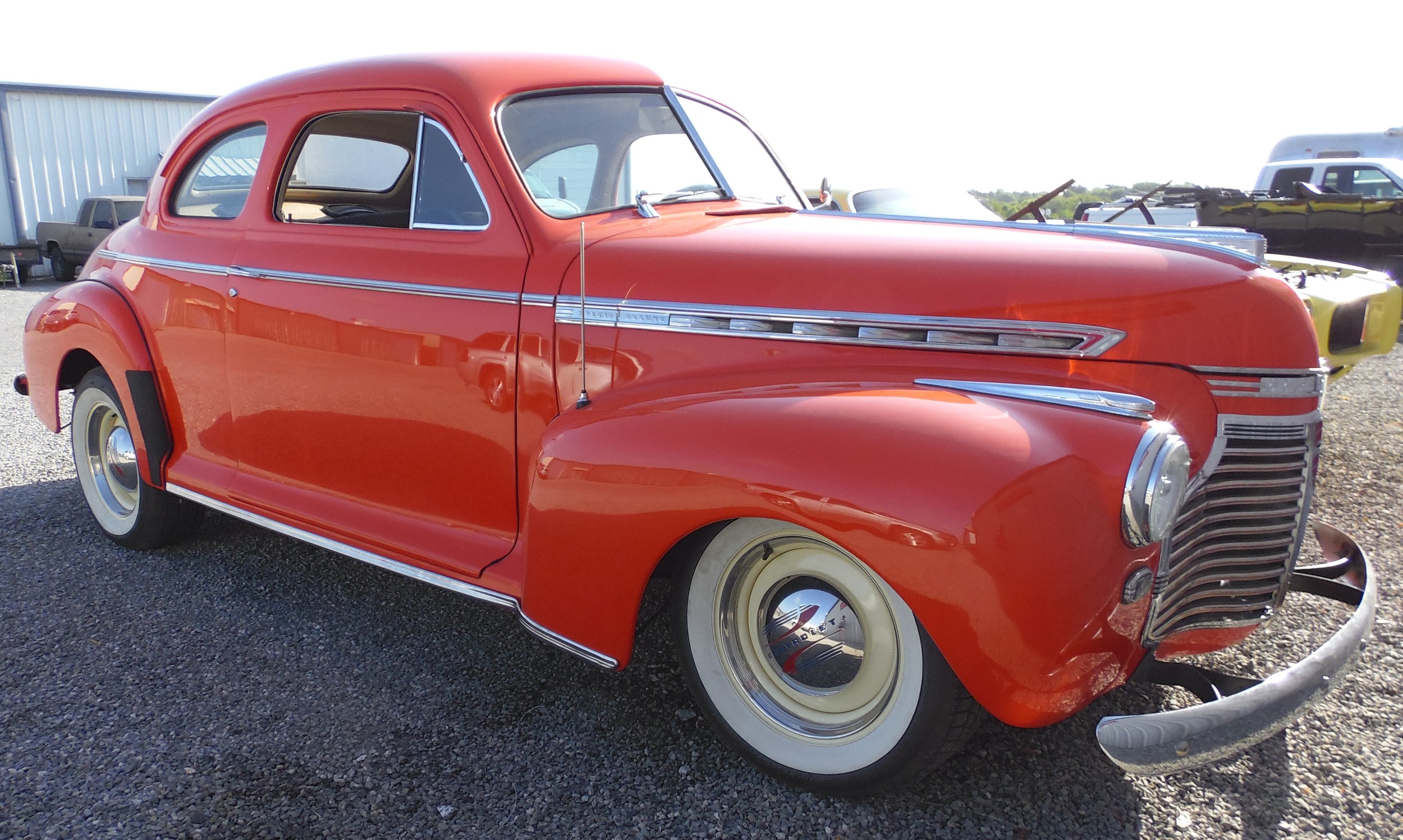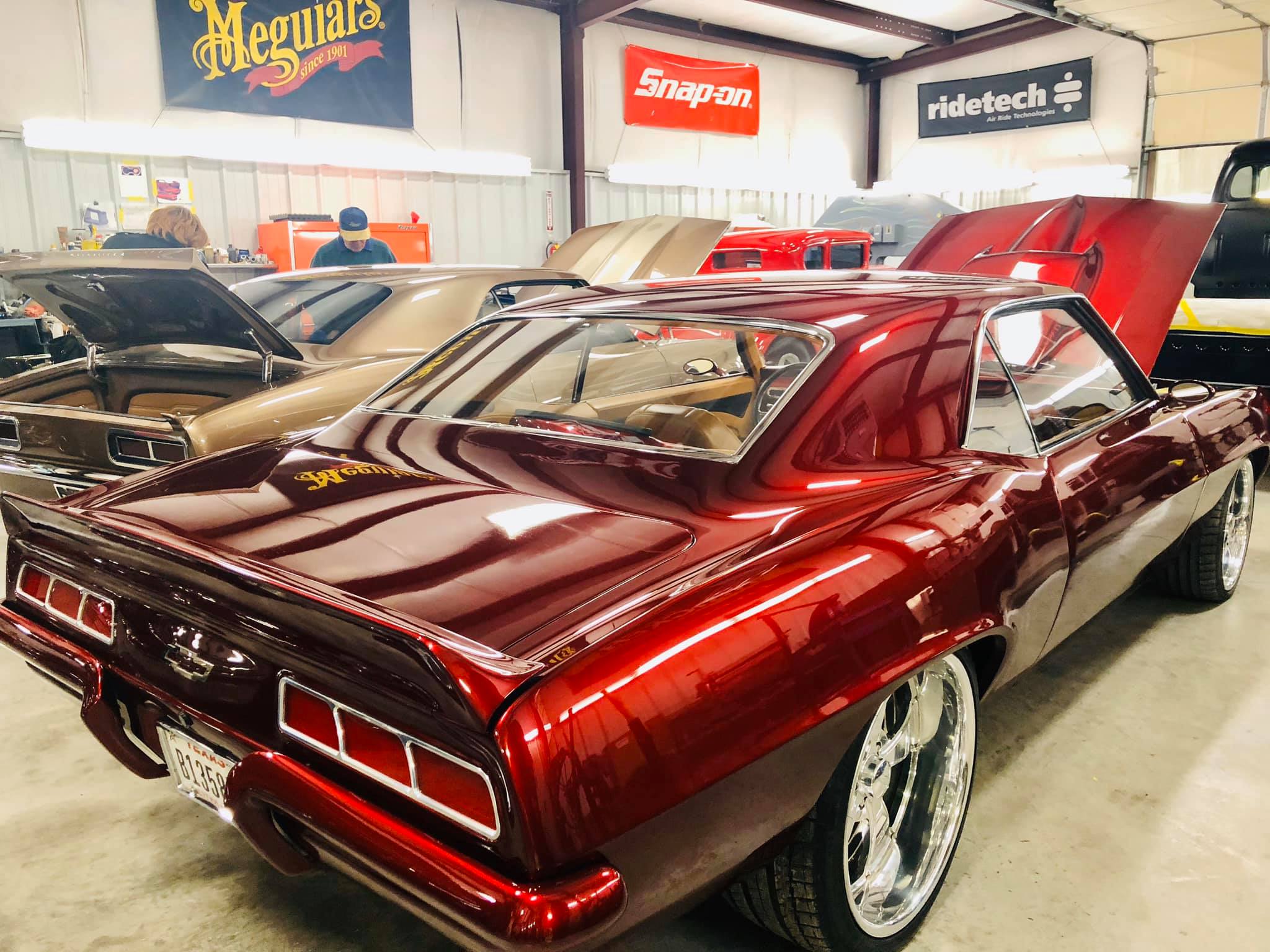As complete car restoration takes center stage, this opening passage beckons readers with inspirational narrative language style into a world crafted with good knowledge, ensuring a reading experience that is both absorbing and distinctly original.
Embark on a journey of meticulous craftsmanship and unwavering dedication as we delve into the intricacies of complete car restoration, a process that transforms automotive relics into masterpieces.
Comprehensive Restoration Overview
A complete car restoration is a meticulous process that involves returning a vehicle to its original condition or to a customized state. This process requires extensive knowledge, skills, and resources, and can be a rewarding experience for car enthusiasts.
The restoration process typically begins with a thorough assessment of the vehicle’s condition, including its mechanical, electrical, and bodywork components. This assessment helps determine the scope of work required and the estimated cost of the project.
DIY vs. Professional Restoration
Whether to undertake a DIY restoration or hire a professional depends on several factors, including the extent of the work required, the availability of resources, and the individual’s skills and experience.
DIY restoration can be a cost-effective option for those with the necessary skills and time, but it requires a dedicated workspace, specialized tools, and a deep understanding of automotive mechanics and bodywork.
Professional restoration services offer expertise and experience, ensuring a high-quality result, but come at a higher cost. They can handle complex restorations and have access to specialized equipment and parts.
Estimated Timeline
The timeline for a complete restoration project can vary significantly depending on the size and complexity of the project, as well as the availability of parts and resources.
Minor restorations may take several months, while major restorations can take years to complete. It is important to set realistic expectations and plan for unexpected delays.
Component Analysis
A comprehensive car restoration involves meticulously analyzing and addressing each component of the vehicle. This in-depth assessment is essential to identify areas that require repair, restoration, or replacement, ensuring the car’s functionality and aesthetic appeal are restored to their former glory.Disassembling the car into its individual components allows for a thorough inspection of each part.
This detailed examination helps uncover hidden issues, such as corrosion, wear, and damage, that may not be apparent during a cursory examination. By carefully inspecting each component, restorers can determine the extent of the work required and develop a comprehensive restoration plan.
Identifying Key Components
The key components involved in a complete car restoration include:
- Engine and transmission
- Suspension and steering systems
- Brakes
- Electrical system
- Interior and exterior bodywork
Restoring or Replacing Components, Complete car restoration
Depending on the condition of each component, restorers may opt to repair or replace it. For components that can be restored, skilled craftsmen employ techniques such as welding, grinding, and painting to bring them back to their original condition. However, if a component is beyond repair or has been severely damaged, it may need to be replaced with a new or reconditioned part.When selecting replacement components, it is crucial to consider factors such as compatibility, durability, and authenticity.
Restorers often seek out original parts to maintain the car’s historical integrity. However, in some cases, aftermarket or custom-made components may be necessary to achieve the desired results.By meticulously analyzing and addressing each component of the car, restorers lay the foundation for a successful restoration project that breathes new life into the vehicle, ensuring it remains a treasured possession for years to come.
Bodywork and Paint: Complete Car Restoration
The bodywork and paint of a car are essential to its overall appearance and functionality. Restoring these elements to their former glory requires a combination of skilled craftsmanship and meticulous attention to detail.
Bodywork repairs involve addressing any dents, rust, or other damage to the car’s exterior. This can range from minor touch-ups to extensive panel replacement, depending on the severity of the damage. Once the bodywork is repaired, the car is prepared for painting by sanding, priming, and masking off areas that should not be painted.
Painting
The painting process involves applying multiple layers of paint to the car’s exterior. The first layer is a primer, which helps to protect the metal from corrosion and provides a smooth surface for the paint to adhere to. Next, several coats of paint are applied, followed by a clear coat to protect the paint from UV damage and scratches.
There are a wide variety of paint schemes and finishes available to choose from, allowing you to customize the look of your car to your personal preferences. From classic solid colors to metallic finishes and custom graphics, the possibilities are endless.
Mechanical Overhaul
The mechanical overhaul is a critical aspect of a complete car restoration. It involves the meticulous inspection, repair, or replacement of the engine, transmission, and other mechanical systems to ensure optimal performance and longevity.
Using high-quality parts and following proper maintenance procedures are paramount to the success of a mechanical overhaul. This includes utilizing genuine or OEM (Original Equipment Manufacturer) parts whenever possible, as they are designed to meet the exact specifications of the vehicle.
Engine Options
When selecting an engine for a restoration project, several factors should be considered, including the original specifications, desired performance level, and budget.
| Engine Type | Performance | Cost |
|---|---|---|
| Original Engine | Authenticity, maintains original character | Lower (if available) |
| Performance Engine | Increased horsepower, torque, and acceleration | Higher |
| Electric Engine | Zero emissions, instant torque | Highest |
Interior Restoration
Restoring a car’s interior is an art form that requires meticulous attention to detail. From selecting the right materials to preserving original features, every step must be taken with care to ensure a stunning end result.The materials used in interior restoration vary depending on the age and style of the vehicle.
Classic cars often require specialized materials such as leather, vinyl, and wood. Modern vehicles, on the other hand, may incorporate a wider range of materials, including plastics, fabrics, and advanced composites.Preserving original features is crucial to maintaining the authenticity of the vehicle.
This may involve repairing damaged components, sourcing original parts, or carefully restoring existing materials. However, it’s also important to update the interior for comfort and style. This can be achieved through the use of modern materials, such as heated seats, upgraded sound systems, and advanced navigation systems.
Popular Interior Design Trends
* Custom upholstery:Replace worn-out seats and panels with custom-made upholstery that matches the original design or adds a personal touch.
Modernized dashboards
Upgrade the dashboard with new gauges, a touchscreen infotainment system, and other modern features while maintaining the overall aesthetic.
LED lighting
Enhance the interior ambiance with LED lighting, which offers brighter and more energy-efficient illumination.
Carbon fiber accents
Add a touch of sporty sophistication with carbon fiber accents on the dashboard, center console, and door panels.
Personalized details
Embroider the seats with a custom logo, add a unique steering wheel, or install personalized accessories to make the interior truly one-of-a-kind.
Last Word
From the initial assessment to the final unveiling, complete car restoration is a testament to the enduring spirit of human ingenuity. It is a labor of love that breathes new life into automotive icons, preserving their legacy for generations to come.
Q&A
What are the benefits of complete car restoration?
Complete car restoration offers numerous benefits, including preserving automotive history, enhancing vehicle performance, increasing its value, and providing immense personal satisfaction.
How long does a complete car restoration typically take?
The duration of a complete car restoration project varies depending on the vehicle’s condition, the extent of work required, and the availability of parts. It can range from several months to several years.
What is the best way to find a reputable car restoration shop?
When selecting a car restoration shop, consider factors such as their experience, reputation, references, and attention to detail. Seek recommendations from car clubs, online forums, and previous customers.




